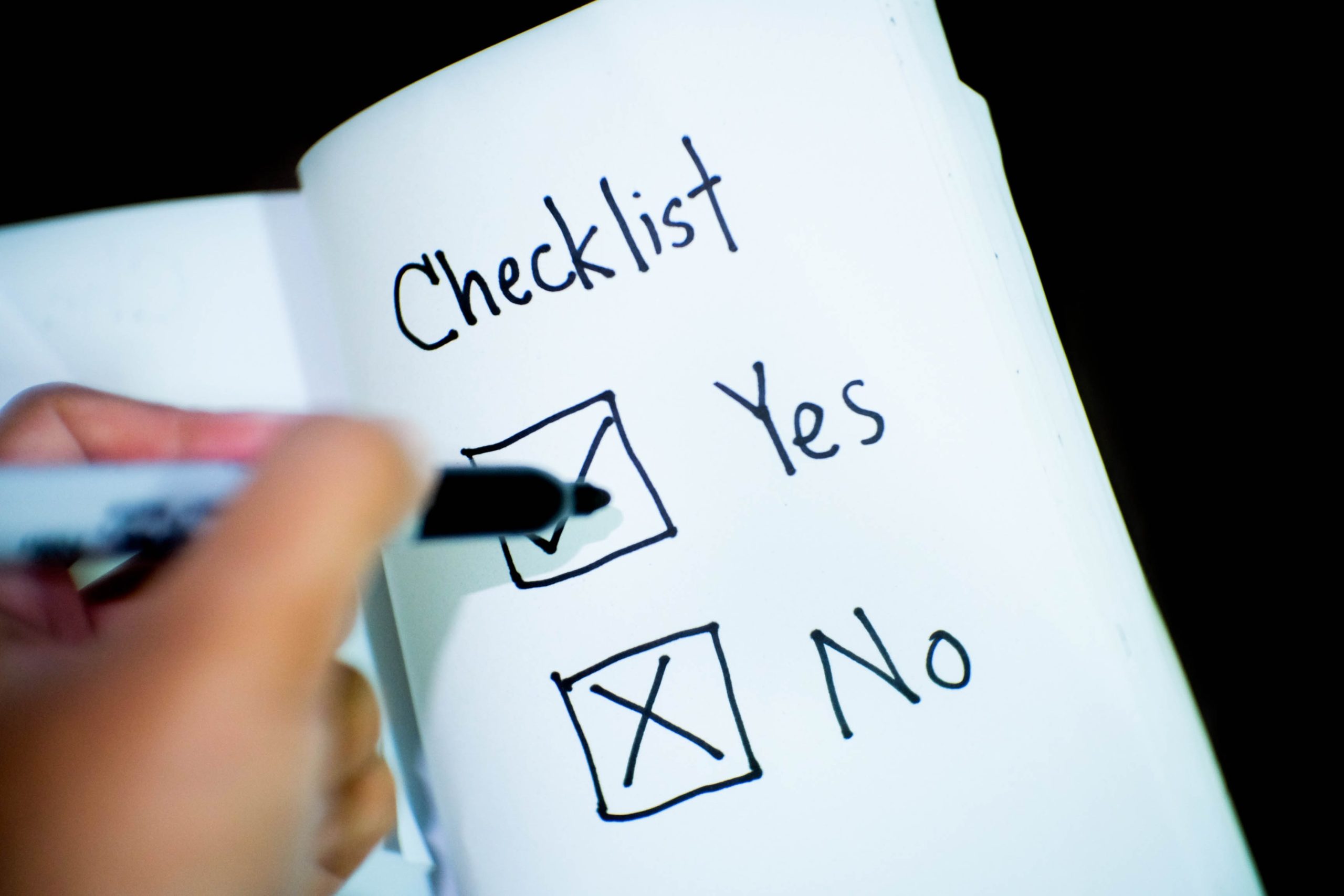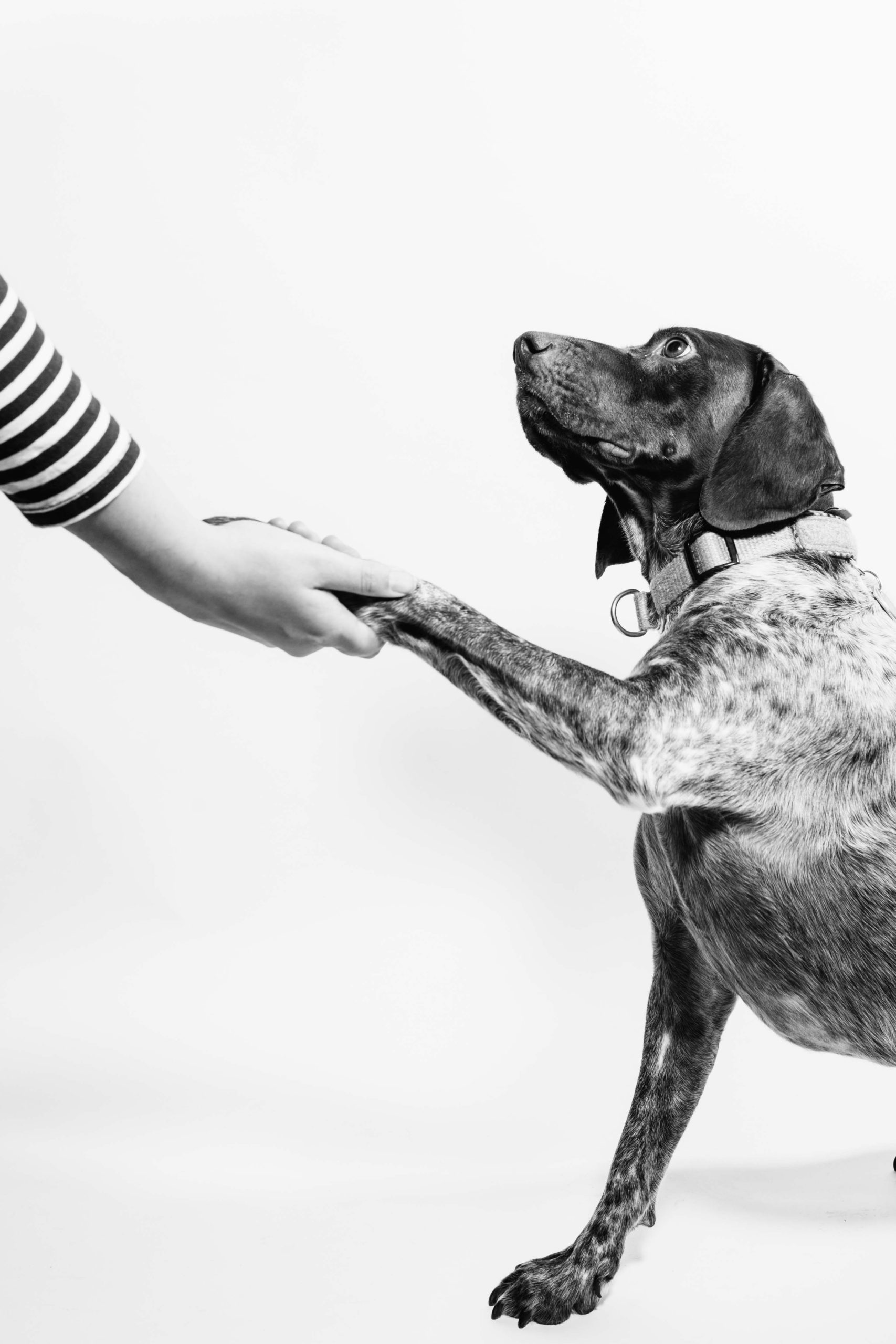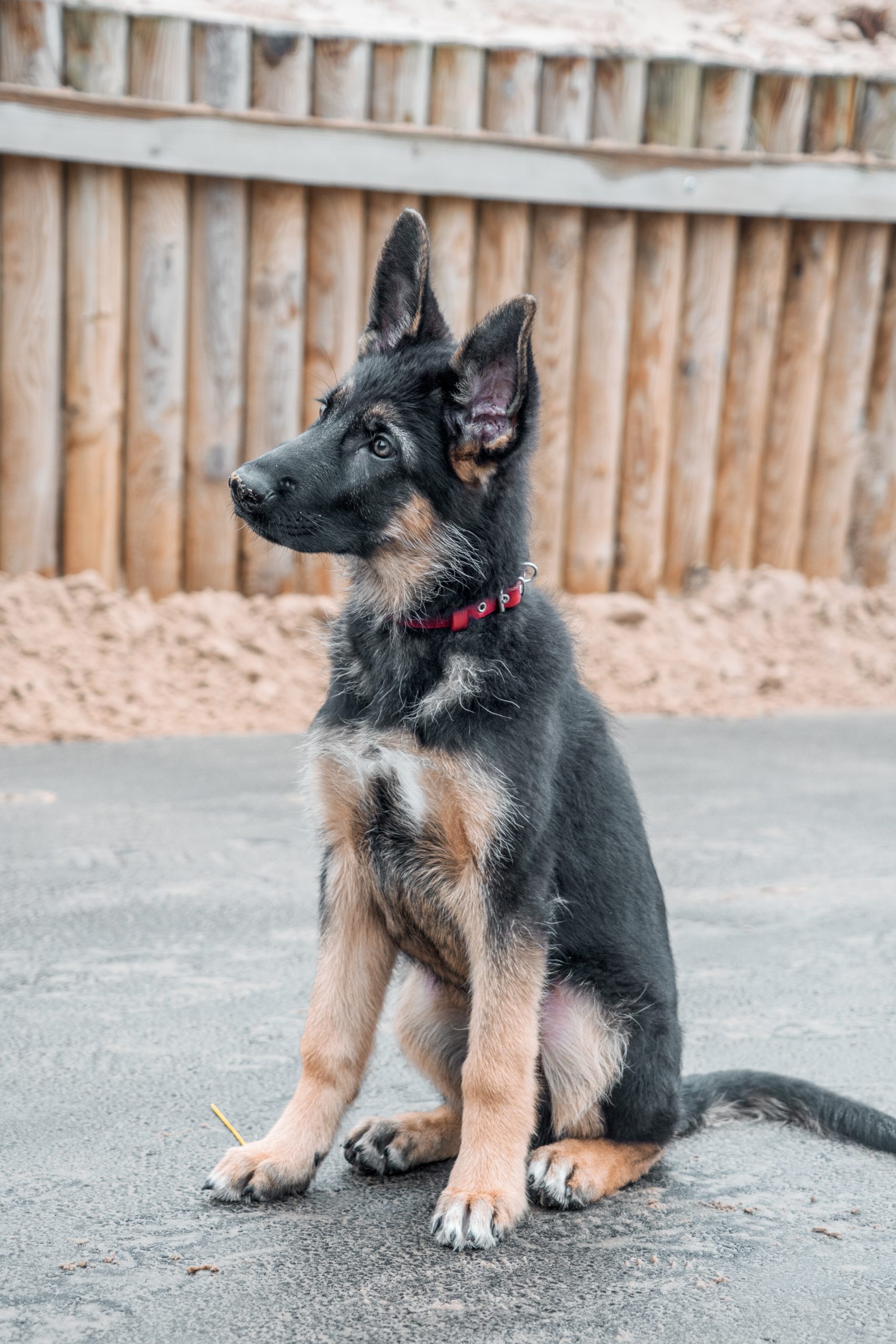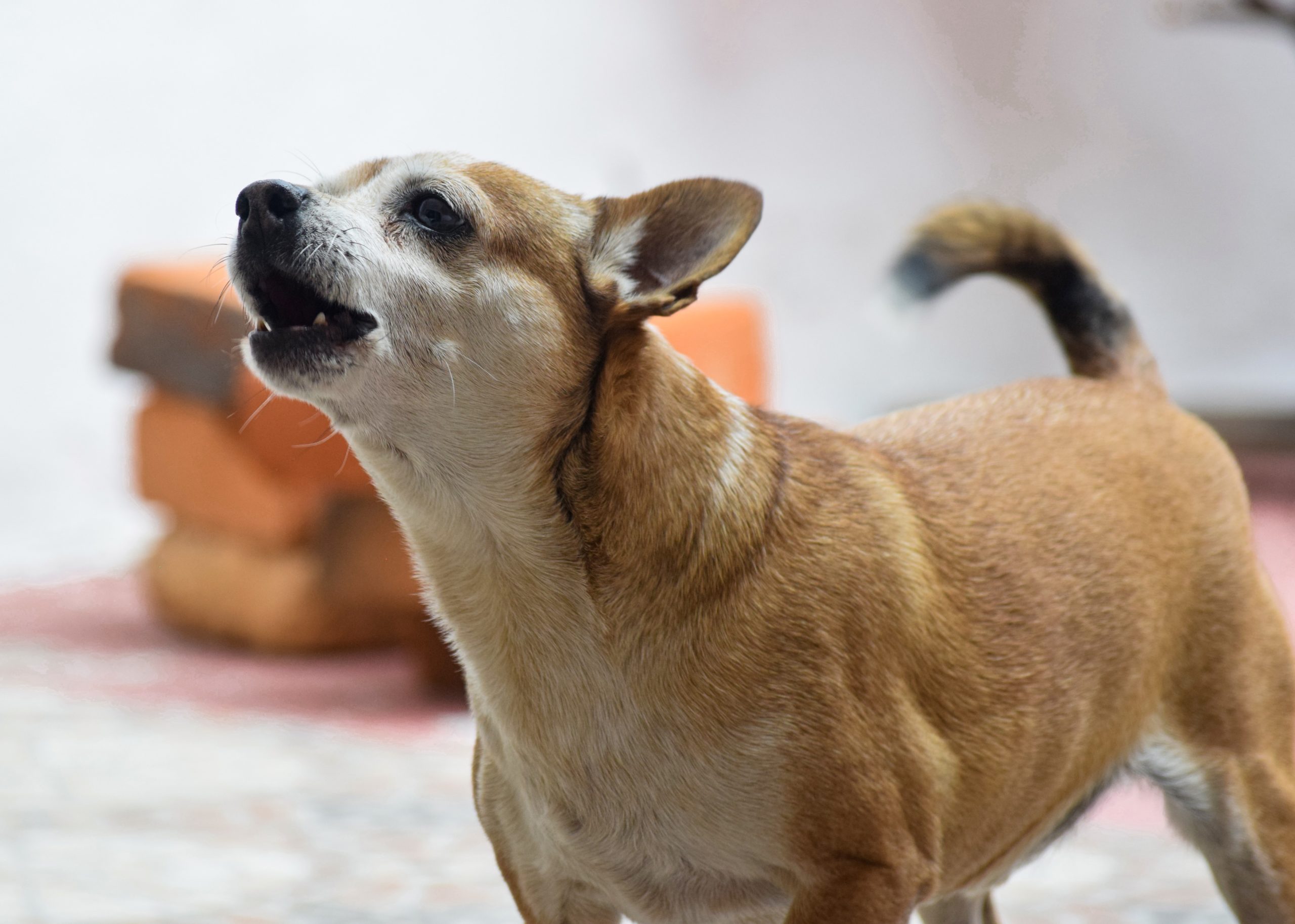Welcoming a new puppy into your home is an exciting and heartwarming experience that brings endless joy. However, it also comes with numerous responsibilities to ensure the happiness and well-being of your furry family member.
Our comprehensive New Puppy Checklist will guide you through all the essential pet care items, health considerations, and training tips to set up both you and your little furball for success.
Puppy Essentials: Must-Have Items For Your New Puppy
Ensure you have the following items for your new puppy: food and water bowls, collar and leash, puppy food, bedding and crate, toys for playtime, puppy pads and cleaning supplies, and grooming supplies.
Food And Water Bowls
Investing in high-quality food and water bowls for your new puppy is an essential part of pet ownership. Stainless steel, ceramic, or heavy-duty plastic bowls are recommended for their durability and resistance to bacterial growth.
To maintain proper hygiene and prevent bacterial buildup, make it a habit to wash your puppy’s food and water dishes daily. Consider placing a non-slip mat underneath the bowls to keep them from sliding on the floor during mealtime.
Collar And Leash
A collar and leash are crucial items on a new puppy checklist. A collar with an identification tag is essential to ensure that your puppy can be identified if he gets lost.
Leashes, on the other hand, go a long way in ensuring your puppy’s safety as you take him out for walks and socialization.
There are various types of collars available on the market today, including flat collars, martingale collars, and choke chains/collars among others – each designed to serve different purposes depending on their unique design features.
You may also want to consider getting a retractable leash which gives your pet more freedom while still having control over them during walks or leisurely activities outside the home.
Puppy Food
Feeding your new puppy a well-balanced diet is crucial for their growth and overall health. When selecting puppy food, it’s important to choose high-quality brands that provide the necessary nutrients for their development.
Look for options specifically formulated for puppies, as they have different nutritional needs than adult dogs.
It’s also important to consider the size and breed of your puppy when selecting food. Large breeds may require special diets with controlled calcium levels to prevent joint problems later in life.
Remember to monitor portion sizes and feed according to your veterinarian’s recommendations based on weight and age. Overfeeding can lead to obesity and other health issues down the line.
Bedding And Crate
Your new puppy needs a comfortable place to sleep and relax, which is where bedding comes in. Your options range from simple mats to plush beds with bolsters for head support.
The crate provides a safe space for your puppy when you’re not around or during stressful situations like thunderstorms. When purchasing a crate, make sure it’s big enough so your pup can stand up, turn around and lie down comfortably.
Researching types of bedding and crates beforehand can help you find the best fit for your puppy’s needs. Consider factors such as durability, washability, portability, size compatibility with your puppy breed/growth rate before finalizing any purchases.
Toys For Playtime
Puppies love to play, and providing them with toys is an essential part of their development. When thinking about what toys to get, consider options that are safe and durable for your puppy’s chewing needs.
Chew toys like Nylabones or Kongs are excellent choices as they can help with dental health and keep puppies occupied for hours.
Another great option for playtime is playing fetch! Tennis balls or soft plush balls work well, but ensure they’re appropriately sized for your puppy so they don’t accidentally swallow them.
Keep in mind that it’s normal for puppies to chew on things when teething, so be sure to include teething-specific toys like frozen carrots or a frozen wet washcloth in the mix.
Puppy Pads And Cleaning Supplies
Keeping a new puppy in your home can be messy, which is why having a supply of puppy pads and cleaning supplies is vital. Accidents will happen during the housetraining process, so make sure to have plenty of pee pads on hand to avoid messes on floors or carpets.
Look for highly absorbent options that won’t leak through onto the floor or furniture. Cleaning up after accidents must also involve using proper cleaning supplies designed specifically for pet urine stains and odors.
Pro tip: Always have an ample number of puppy pads available throughout their entire training period until they become fully house-trained, as it significantly simplifies the cleanup process without ruining carpets, flooring, or nearby furniture.
Grooming Supplies
One of the most crucial aspects of caring for a new puppy is grooming. Grooming not only keeps your pup looking their best but it also ensures they are healthy and comfortable.
Some essential grooming supplies to include on your new puppy checklist are a good quality dog shampoo, conditioner, and brush or comb suitable for their coat type.
You will also need nail clippers, ear cleaners, toothbrushes, and toothpaste made explicitly for dogs. Regular brushing helps distribute natural oils through your pup’s coat while preventing mats or tangles from forming.
It’s important to note that puppies require different care compared to adult dogs when it comes to grooming as they have more delicate skin. Using human shampoo or soap can be too harsh since those products can cause irritation and dry out their skin causing further problems in the future.
Health And Safety For Your New Puppy
Ensure your puppy’s health and safety by scheduling vaccinations and regular checkups with your vet, microchipping them for identification purposes, puppy-proofing your home, creating a safe outdoor space for playtime, and having a first-aid kit on hand.
Vaccinations And Checkups
Ensuring your new puppy stays healthy is a top priority as a pet owner. Vaccinations and checkups are crucial to maintaining their health and well-being. Here are some important things to know about vaccinations and checkups for your new puppy:
- Puppies require a series of vaccinations to protect them against serious diseases such as Parvovirus, Distemper, and Rabies. Your veterinarian will create a vaccination schedule tailored to your puppy’s specific needs.
- Regular check-ups with your veterinarian help catch potential health issues early on, ensuring prompt treatment and prevention of any serious conditions.
- It’s important to maintain up-to-date records of all vaccinations and checkups, providing proof of immunization in case it’s needed in the future.
- Keep in mind that puppies require more frequent vet visits than adult dogs due to their rapid growth rate – generally around every three to four weeks until they are 16 weeks old.
Regular vaccinations and check-ups are essential for keeping your new puppy healthy and happy. Make sure you find a trustworthy veterinarian who you can rely on for ongoing care.
Microchipping And Identification Tags
Ensuring the safety of your new puppy is a top priority, and that includes identifying them in case they ever become lost. Microchipping and identification tags are crucial for providing important information to anyone who may find your beloved pet.
A microchip is a tiny device, about the size of a grain of rice, which is inserted under the skin between your pup’s shoulder blades. Once registered with a unique ID number, it allows veterinarians or animal shelters to scan for identification purposes.
It’s important to note that both microchips and identification tags should have up-to-date information at all times.
If you move address or change telephone numbers, remember to update this information with the company responsible for managing either form of identification tag or microchip registration.
Puppy-Proofing Your Home
To ensure your puppy’s safety, it’s crucial to puppy-proof your home. Puppies are curious and tend to explore everything around them with their mouths. Start by carefully examining each room in your house from the perspective of a small pup.
Look for anything on the floor that they might chew on, such as wires or small objects like buttons or coins.
Check that all appliances have no exposed cords (e.g., lamps, fans), inaccessible outlets, windows are not closed enough to let an escapee through, or hazardous items within proximity of pets jumping up at counters because puppies can accidentally knock over things and cause injuries themselves.
Consider baby gates so you can restrict areas where you do not want your new furry friend venturing into just yet, perhaps the laundry room which houses detergents and other hazardous materials; unless properly secured.
It’s tempting to think that simply keeping an eye on your puppy will be enough but accidents happen when you least expect them to, especially with new furry additions to the family who still need close monitoring.
Safe Outdoor Space
It’s important to provide your new puppy with a safe outdoor space to play and exercise. Before allowing your furry friend outside, it’s crucial that you puppy-proof the area by ensuring there aren’t any hazardous materials or objects lying around, such as sharp tools or chemicals.
Consider creating a designated play area for your pup that includes shade from the sun and plenty of water to keep them cool and hydrated during hot weather.
It’s also important to supervise their time outside when they are still young and not yet fully trained, as they may be prone to chewing on plants or digging holes in the grass.
First-Aid Kit
Accidents happen, and it’s important to be prepared in case your new puppy gets hurt. Putting together a first-aid kit is essential for any pet owner. The kit should contain items such as gauze pads, adhesive tape, scissors, antiseptic wipes or spray, hydrogen peroxide, tweezers, and a thermometer.
It’s also helpful to include an emergency phone number list of your veterinarian and local animal hospitals.
While you hope never to use the first-aid kit for anything serious, having one on hand can bring peace of mind knowing that you’re prepared if something happens. Accidents can happen at any time and it’s better to act quickly than wait until you have everything in place.
Training And Socialization Tips For Your New Puppy
Teach basic obedience training using positive reinforcement and consistency. Early socialization with people and other pets is crucial for your puppy’s mental health.
Basic Obedience Training
Basic obedience training is an essential aspect of owning a new puppy. Here are some tips to get started:
- Start with simple commands such as “sit,” “stay,” and “come.” Be patient and consistent with your training.
- Use positive reinforcement, such as treats or praise, to encourage good behavior. Avoid using physical punishment, which can be harmful and counterproductive.
- Incorporate training into everyday activities, such as mealtime or playtime. This helps your puppy learn that good behavior is expected at all times.
- Socialize your puppy early on, exposing them to different people and situations so they learn how to behave in different environments.
- Keep training sessions short and frequent rather than long and sporadic. This keeps your puppy engaged and less likely to become bored or frustrated.
Training should be fun for both you and your puppy. With patience, consistency, and plenty of positive reinforcement, your new puppy will soon become a well-behaved member of the family.
Early Socialization With People And Other Pets
Proper socialization is crucial for your new puppy’s well-being. Early introduction to people, animals, and different settings can set the foundation for a happy and well-adjusted dog.
Introduce your puppy to family members, friends, and other pets in a controlled environment to help them develop good social skills.
A great way to expose your puppy to different things is by taking him or her on walks outside of your house or backyard. This will allow them to experience new smells, sounds, sights while also getting exercise.
Consistent Housetraining
Consistent housetraining is one of the most important aspects of owning a new puppy. Potty training can take time, but with patience and commitment, your furry friend will learn quickly.
Here are some tips for consistent housetraining:
- Establish a routine: Take your puppy outside on a regular schedule, such as every two to three hours. This will help them establish a routine and learn when it’s time to go potty.
- Choose a designated spot: Pick an area in your yard where you want your pup to do their business. Return them to this spot each time to reinforce the habit.
- Praise and rewards: When your pup goes potty outside, praise them and give them treats immediately after they finish.
- Supervise: Keep an eye on your pup at all times so you can catch accidents before they happen. If you can’t supervise, crate training can be helpful until they are trained.
- Consistency: Stick to the same routine every day until your puppy has learned what’s expected of them.
With consistent housetraining efforts, soon enough, you’ll have a well-behaved pup that understands where it’s appropriate to go potty!
Positive Reinforcement
Positive reinforcement refers to the technique of rewarding good behavior instead of punishing bad behavior. This approach is essential when training a new puppy, as it helps them learn more effectively and builds trust between pet parent and pup.
For example, if your puppy goes potty outside instead of inside on the carpet, give them extra affection or a treat to reinforce that this is the desired behavior. If they chew on their own toys instead of your shoes, reward them with a game of fetch or some belly rubs.
By focusing on positive reinforcement rather than scolding or punishment, you’ll be able to foster better obedience in your furry friend over time.
Setting A Routine And Schedule
Setting a routine and schedule is crucial for your new puppy’s well-being. Dogs thrive on consistency, so establish a daily routine that includes feeding times, walks or playtime, and nap schedules.
For example, you might feed your puppy at the same time every morning and evening and then take them for a walk right after eating to help with digestion.
When planning your schedule, it’s important to consider work hours or other commitments you may have. If you won’t be home during certain parts of the day, make sure someone else is available to let your pup out for bathroom breaks or play sessions.
Setting a routine helps not only with training but also with emotional bonding between you and your pet.
Bringing Your New Puppy Home
Preparing your home with supplies and creating a safe space is crucial before bringing your new puppy home.
Preparing Your Home
Before bringing your new puppy home, it’s important to prepare your living space to ensure their safety and comfort. Start by designating a specific area of the house for your puppy and setting up bedding, toys, and water bowls.
Next, take a look around your home from your puppy’s eye level – what potential hazards may be within reach? Keep household chemicals and medication out of reach, secure loose cords or wires, and tuck away any small items that could be choking hazards.
Finally, set up potty training stations throughout the house using puppy pads or designated outdoor areas. Consistency is key during this time as puppies require frequent potty breaks.
Preparing properly before bringing your new furry friend home not only creates a safe environment but also helps ease their transition into their new home.
Introducing Your Puppy To Family And Other Pets
When introducing your new puppy to family and other pets, it’s important to take a slow and steady approach. Here are some tips for making the introduction as smooth as possible:
- Supervise all interactions: Keep a close eye on your puppy’s interactions with other pets or family members, especially during the first few weeks.
- Give them space: Allow your new puppy and other pets to have their own private space in the house where they can retreat if needed.
- Scent swapping: Swap blankets or toys between your new puppy and other pets to allow them to become familiar with each other’s scents.
- One-on-one time: Introduce each pet to the new puppy one at a time in a neutral setting like a park or backyard, allowing them to sniff and explore each other without any pressure.
- Reward good behavior: Praise and reward both your new puppy and existing pets for good behavior during interactions.
- Consistency is key: Be consistent with rules and boundaries for all pets in the household, including feeding times, potty breaks, and training routines.
It may take some time for everyone to adjust to the new addition. Patience and positive reinforcement will go a long way in helping your furry family members bond over time!
Establishing A Routine
Establishing a routine is important for your new puppy to feel secure and keep their behavior consistent. Here are some tips:
- Set a feeding schedule: Puppies need to eat frequently, so establish a regular feeding schedule with the same type of food at each meal.
- Plan playtime: Puppies love to play! Make sure they get plenty of exercise by scheduling playtime throughout the day.
- Create a bedtime routine: Settle your puppy down at night by establishing a regular bedtime routine, such as taking them outside for one last potty break and giving them a special nighttime toy.
- Consistent training sessions: Keep your puppy’s training consistent by scheduling short training sessions throughout the day, instead of having one long session.
- Keep track of progress: Write down when your puppy eats, sleeps, and goes potty so you can track their progress and make adjustments as needed.
By keeping things structured and predictable, you will help them adjust to their new home while also promoting good behavior habits.
Finding A Vet
One of the most important steps in caring for your new puppy is finding a trusted veterinarian. A good vet will be able to provide regular checkups and keep your furry friend up-to-date on necessary vaccinations and preventative care.
When searching for a vet, it’s important to consider factors such as location, availability, and cost.
It’s essential that you establish a relationship with your vet early on in your puppy’s life so they can monitor their health regularly. Regular check-ups allow vets to identify potential problems before they become serious issues.
In addition, having an established veterinarian will give you peace of mind knowing who to turn to in case of emergencies or unexpected illnesses.
Pet Insurance
Pet insurance is an essential consideration for new puppy owners. It helps protect you from unexpected veterinary bills and ensures that your furry friend receives the best possible healthcare if they become ill or injured.
There are many options available, including accident-only coverage, illness coverage, and comprehensive pet insurance plans that cover everything from routine check-ups to emergency surgeries.
According to recent studies, the average cost of a single vet visit can range anywhere from $50 to $400 depending on the location and services required. With this in mind, it’s easy to see why having pet insurance is important for both your wallet and your puppy’s health.
Plus, with so many affordable options now available on the market, providing your pup with quality care doesn’t have to break the bank.
Conclusion
In conclusion, bringing home a new puppy is an exciting and joyful experience for pet parents. To ensure that your furry friend has everything they need to thrive, it’s important to have a comprehensive checklist of all the essentials.
From basic items like food bowls and grooming supplies to training tips and health checkups, preparation is key.
By following this guide, you’ll be able to create a comfortable, safe environment for your new puppy while also ensuring their long-term health and happiness.
FAQs:
1. What items should be on a new puppy checklist?
A new puppy checklist should include essential items such as food and water bowls, a collar and leash, bedding, toys, grooming supplies, and of course, high-quality dog food. Additionally, don’t forget to schedule appointments with the vet for check-ups, vaccinations & advice.
2. Should I crate train my new puppy?
Crate training is an excellent way to help your new pup feel safe and secure while also providing discipline and structure during his early days at home. This method can prevent destructive behaviors like chewing furniture whilst keeping your pet out of harm’s reach when needed.
3. How often should my new puppy be fed?
Puppies need to eat frequently throughout the day since they have smaller stomachs than adult dogs.A healthy feeding schedule typically consists of 3-4 meals per day until they’re six months old then twice daily thereafter.
4. How do I house-train my new puppy?
House training is one of the most important tasks you’ll undertake as a pet owner but it doesn’t have to be complicated! By focusing on consistency in routine (e.g., taking them outside after every meal), using positive reinforcement techniques (like offering treats or praise when they eliminate outside), setting up appropriate boundaries inside your home & being patient; you can successfully housetrain any pup with ease!



